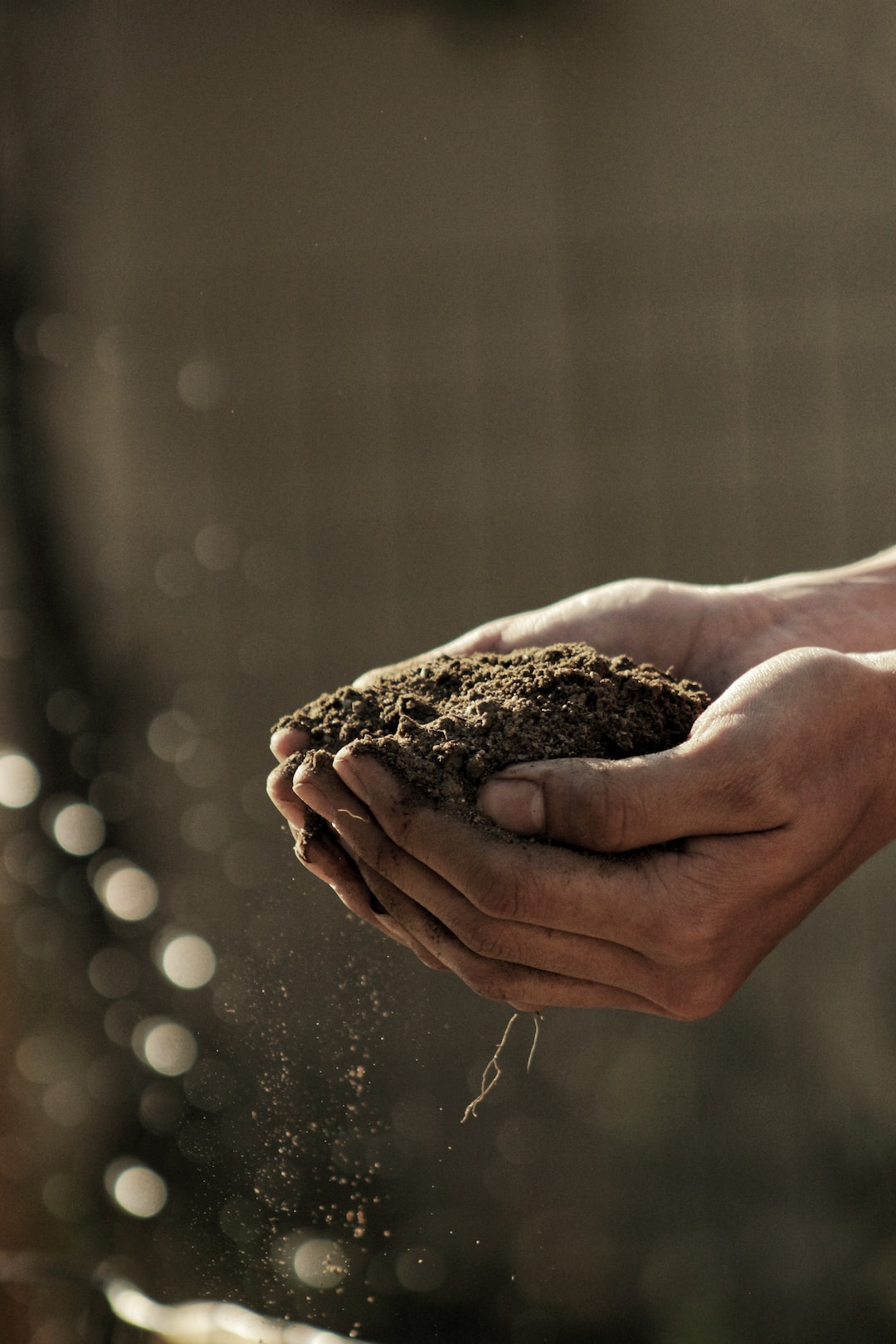Creating a Pollinator Paradise: Flowers to Attract Bees and Butterflies
Pollinators play a crucial role in our ecosystem by facilitating the reproduction of plants. Bees and butterflies, in particular, are the unsung heroes responsible for the pollination of countless flowers and food crops. However, their populations have been declining in recent years due to habitat loss, pesticide use, and climate change. As gardeners and nature lovers, we have the power to reverse this trend by creating pollinator paradises in our own backyard. In this blog post, let’s explore some beautiful flowers that will attract bees and butterflies, turning your garden into a buzzing haven.
1. Lavender (Lavandula spp.): Bees absolutely adore the fragrant purple blooms of lavender. Planting it not only invites bees to your garden but also fills the air with its lovely aroma. Choose different varieties to extend the blooming period and provide a continuous food source for the bees.
2. Coneflowers (Echinacea spp.): These native wildflowers are not only stunning but also serve as a buffet for bees and butterflies. The cone-shaped center contains nectar, and the petals offer landing platforms for these pollinators. You can find coneflowers in various vibrant colors, such as purple, pink, and white.
3. Sunflowers (Helianthus spp.): Sunflowers are well-known for their cheerful appearance, but they are also a magnet for bees. Their large open faces provide easy access to nectar and pollen. Plant different varieties to ensure a longer blooming season and to add diversity to your garden.
4. Milkweed (Asclepias spp.): If you want to attract monarch butterflies, milkweed is an absolute must. This native perennial serves as the sole food source for monarch caterpillars. The beautiful orange and black butterflies will flock to your garden to lay their eggs and enjoy the nectar from the flowers.
5. Salvia (Salvia spp.): Bees and butterflies are attracted to the tubular-shaped flowers of salvias. These perennials come in a wide range of colors, from vibrant reds to soothing purples. The aromatic foliage is an added bonus, making it a win-win for both pollinators and gardeners.
6. Verbena (Verbena spp.): Verbena is a low-maintenance plant that is beloved by bees and butterflies alike. Its long-lasting blooms come in various shades of purple, pink, and white. Plant it in containers or hanging baskets to attract these pollinators to your patio or balcony.
7. Zinnias (Zinnia spp.): Zinnias are not only popular among gardeners but also among bees and butterflies. Plant a colorful array of zinnias to provide a feast for these pollinators throughout the summer and into fall.
8. Bee Balm (Monarda spp.): As the name suggests, bee balm is a true bee magnet. Its vibrant flowers come in shades of red, pink, and purple. The aromatic leaves add a touch of fragrance to your garden, making it a sensory delight for both humans and pollinators.
9. Butterfly Bush (Buddleja davidii): This shrub is aptly named for its ability to attract butterflies with its showy blooms. The long panicles of flowers come in various shades of purple, pink, and white. Bees are also drawn to the abundant nectar, making it a lovely addition to any pollinator paradise.
10. Phlox (Phlox spp.): Phlox is a favorite of butterflies, who are attracted to its brightly colored blooms and sweet fragrance. The mass of flowers creates a visual feast and a convenient landing platform for these flying visitors.
Creating a pollinator paradise in your backyard is a rewarding and impactful way to support bee and butterfly populations. By planting nectar-rich flowers and creating a diverse and pesticide-free environment, you can provide a safe haven for these essential pollinators. Observing these beautiful creatures in your garden will not only bring you joy but also serve as a constant reminder of the vital role they play in our ecosystem. So, grab your gardening tools, get your hands dirty, and let’s create a buzzing paradise for bees and butterflies to thrive in.
